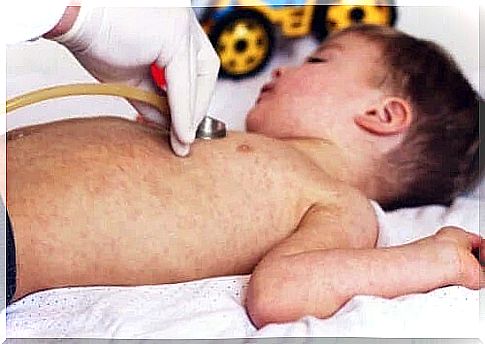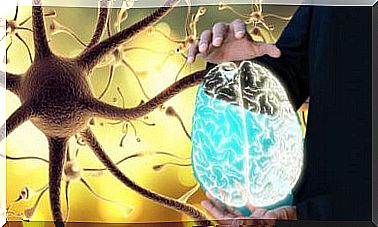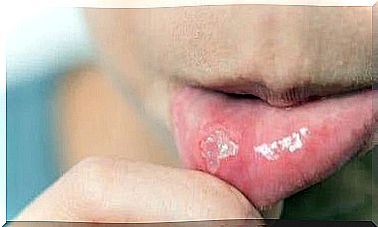Scalded Skin Syndrome: Symptoms And Treatments

Scalded skin syndrome is a skin condition that occurs in response to a staphylococcal infection. Its main feature is the formation of blisters and subsequent detachment of the skin.
This problem mainly affects infants or children under 6 years of age. In fact, it is very rare for scalded skin syndrome to occur in adults, unless there is a deficiency of the immune system or kidney failure.
What causes scalded skin syndrome?

Scalded skin syndrome is caused by an infection of the skin caused by bacteria in the staphylococcus family. In most cases, the infectious agent is Staphylococcus aureus.
These microorganisms secrete a toxic substance that affects the skin, causing the upper layer of the epidermis to separate from the rest of the skin. As a result, blisters appear and the skin appears scalded.
The affected individual has an initial infectious outbreak that goes unnoticed. Scalded skin syndrome develops rapidly. However, it sometimes appears a few days after the initial infection.
This syndrome is contagious. Staphylococcal infections have multiplied worldwide since 1970. It is estimated that Staphylococcus aureus is present in 30-50% of healthy adults.
What are the characteristic symptoms?
Although scalded skin syndrome has several characteristic symptoms, each child experiences them differently. Often, the first manifestation is fever, accompanied by reddening of the skin.
Usually, an isolated ulcer appears that spreads. In newborns, the lesion appears in the diaper area or near the navel. In older children, it almost always appears on the face. In adults, the disease can start in any part of the body.
What is the treatment for scalded skin syndrome?

The diagnosis of scalded skin syndrome is made based on the clinical picture and the detection of the toxin. Sometimes a skin biopsy is needed to confirm the disease, which is very similar at first to scarlet fever, erythema multiforme, Kawasaki disease and others.
Once the doctor confirms the diagnosis, treatment should take place in the hospital. The treatment of this disease is similar to that of burns and, in fact, takes place in the burn unit. Most often, professionals resort to the following measures:
How to deal with scalded skin syndrome?
In general, if the patient receives timely treatment, there are no complications. The most important risk is the development of a deep skin infection: cellulite. There is also concern that the infectious condition could worsen. The bacterium gets into the bloodstream, causing sepsis.
At the same time, patients are at risk of dehydration or electrolyte imbalance. Fever requires proper control, especially in infants. However, if the patient receives an early diagnosis and treatment, the result is favorable. Scalded skin syndrome can lead to death if the patient does not receive proper treatment.
In conclusion, in the presence of fever blisters and / or other symptoms mentioned above, you should consult a doctor immediately.









